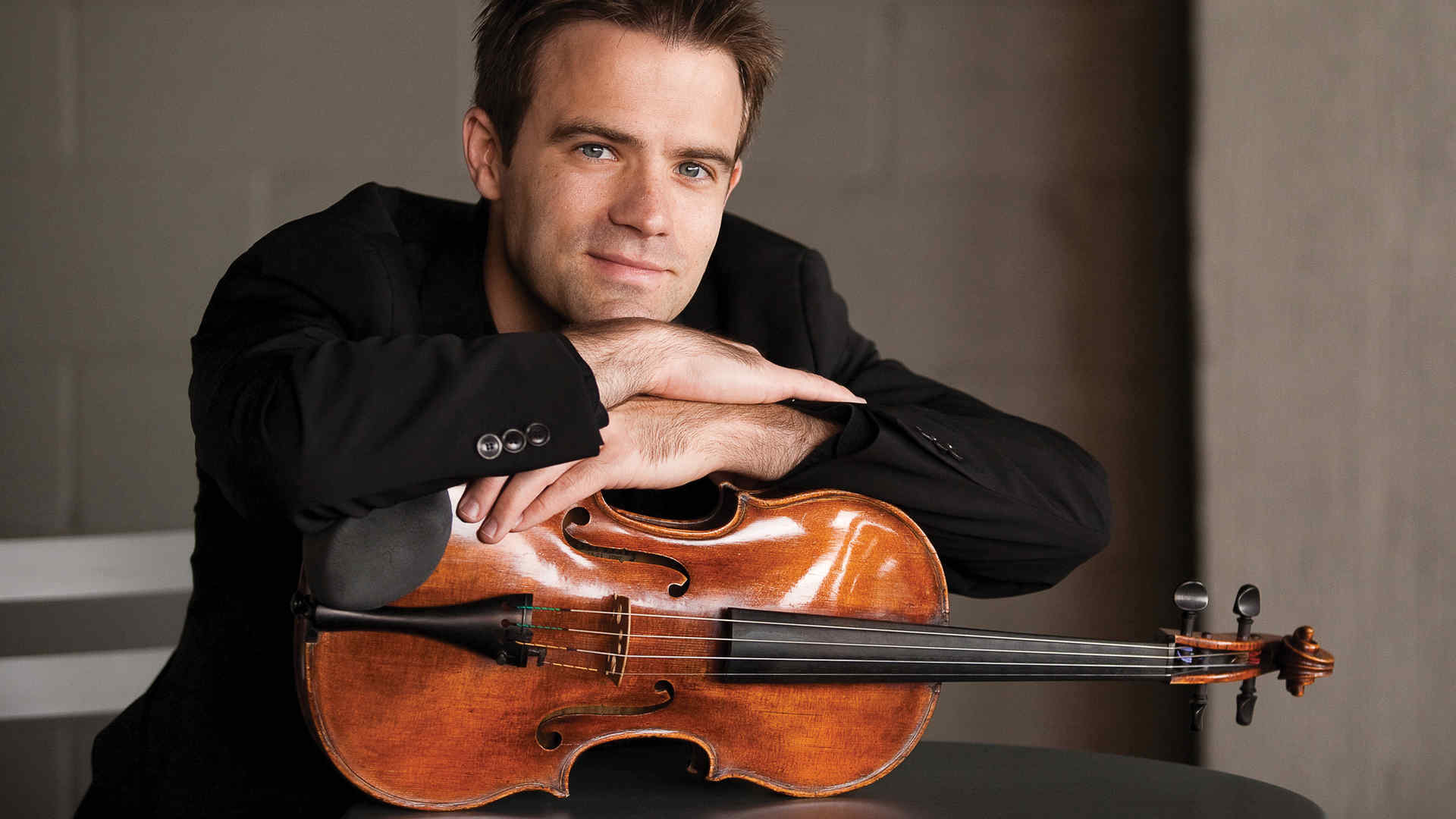
Most drivers don’t think of the chirps and chimes our vehicles make when we forget to fasten our seatbelts or open the car door as more than (at best) helpful reminders or (at worst) an annoyance. Such was the case for Eric Nowlin (BM ’02, MM ’04), principal violist with the Detroit Symphony, until Lincoln invited him and two of his colleagues to develop and record a series of so-called symphonic chimes for the new Aviator, which debuted in November at the 2018 Los Angeles Auto Show. Nowlin spoke to Joshua Simka, assistant editor of the Journal, about that project and about being an orchestral musician— prior to his now nearly three seasons in Detroit, he played for eight with the Toronto Symphony.
Can you walk us through the process for the Lincoln project?
It was a lot of fun, very creative, and the sound engineers gave us a lot of leeway. It wasn’t like we came in and they said, “we want you to record this.” They gave us parameters, for instance that a particular chime needed to be so many number of seconds long and impart a certain type of information. And they each had to be within a certain pitch range because they can’t be covered by the rumble of the engine. The three of us—violinist Adrienne Rönmark, principal percussionist Joseph Becker, and myself—would play around with different pitches, timbres, rhythms, techniques. It was a compositional process we went through collectively. We ended up with hundreds of combinations and Lincoln picked the six they liked the best, including a welcome chime, a “soft” warning, a “critical” warning, and others.
Did you have any experience as a composer?
I’d had a little experience writing my own cadenzas for concertos—the Hoffmeister and Stamitz, for example—and guiding my students to write their own cadenzas, but I’d never had an opportunity on my own to come up with an original composition let alone with two other musicians.
How did you start playing viola?
I was born in Wichita, Kansas, and my family moved to Madison, Wisconsin, when I was 7 years old—around the time I started playing violin. I picked up the viola when I was 11 and played both instruments until the end of high school. I was always really drawn to the sound of the viola.
It’s a warm sound and I think it matched more of what I thought of as my voice—and I don’t mean literally my singing or speaking voice, but more like if I were to think of myself as an instrument, it would be in the timbre and range of the viola. I also like being in a middle part of the texture, where I can steer things a bit from the inside.
What’s your daily schedule like?
Almost every week the orchestra is playing a program and sometimes several programs. On a usual classical program, we would have about four rehearsals and three to four concerts, but sometimes we have a classical week and then we’ll have a rehearsal and a concert for an educational show or something special like accompanying a movie. Typically a morning rehearsal lasts from 10am to 12:30pm and then if it’s a “double rehearsal” day—which we have at least once a week—we’ll also meet from 1:30 to 3:30pm.
Do you think that hearing orchestral instruments in their cars will spark people’s interest in classical music?
Some people might say that calling these “symphonic chimes” dilutes the quality of people’s association with what the symphony stands for. But I disagree—I think that this shows that music can improve people’s quality of life in whatever context it’s heard. And I would hope that in some small way, for a certain segment of the population of people that buy these particular cars, that we could make their experience of being in this car just a little bit better by the sound that we create with these particular chimes and the way in which we play them and the fact that they’re not annoying—or hopefully not annoying!
Joshua Simka (BM ’14, voice) is the assistant editor of the Journal